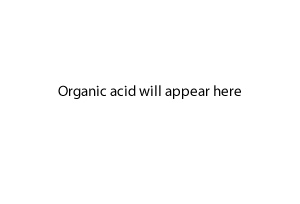11) Consider the video on the right. It shows an oil being heated.
i. Define the terms flashpoint, flamepoint and autoignition.
Flashpoint is the lowest temperature at which the vapours of a liquid ignite when an ignition source is provided, such as a flame or spark.
The autoignition, is the temperature that vapours undergo spontaneous ignition, as seen on the video on the right. The flamepoint or firepoint is the lowest temperature at which the vapours of a liquid continue to burn well after the ignition source is removed. It is often at a temperature much higher than the flash point. Only at these higher temperatures is the amount of vapour produced high enough to sustain combustion.
ii. Place the following oils in order of increasing flashpoint.
a = C17H33COOH (189 oC)
b = C17H31COOH (110 oC)
c = C17H35COOH (196 oC)
b > a > c
sourced from https://www.youtube.com/watch?v=suce6QNkVRI 27/06/20 12.07
iii. Explain your answer to ii. above.
Flashpoint is a physical property that is dependent on the strength of intermolecular forces.
If we consider the structure of these molecules we can get an idea of the intermolecular forces acting. The intermolecular forces of attraction are predominantly dipsersion forces, which are weak and require molecules to be in close proximity to each other to take hold.
C17H33COOH has one (C=C) double bond and its molecular structure is slightly kinked, depending on whether the double bond is cis or trans. C17H31COOH, however, has two double bonds and shown significant bending of the molecule. Such changes to the molecular shape reduce the dispersion forces acting between the molecules. C17H35COOH is a saturated molecule and hence has linear structure which allows for close packing of the molecules and hence greater intermolecular forces.
"b" is the most likely to produce more vapour at a lower temperature and hence have a lower ignition temperature than the other two oils.
